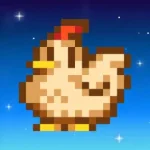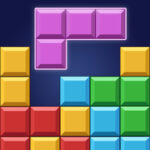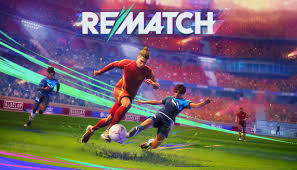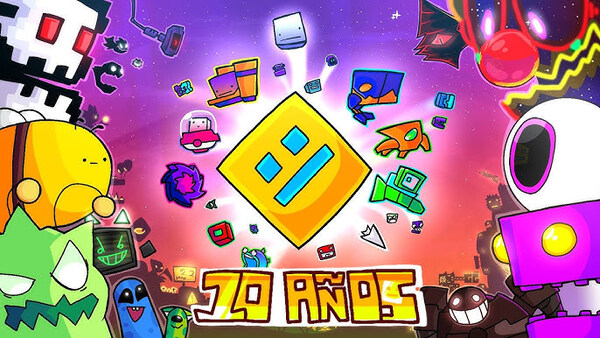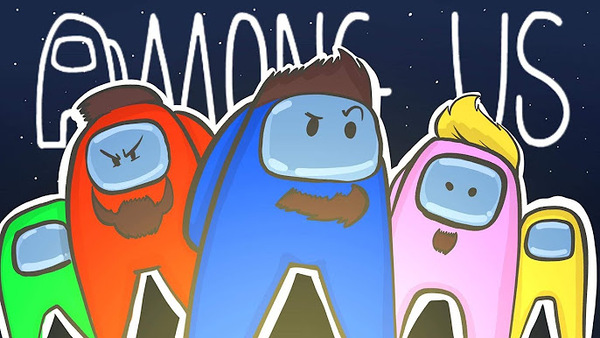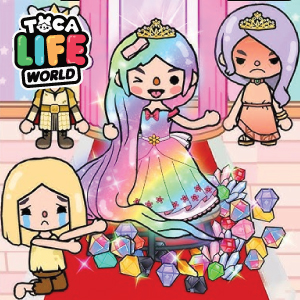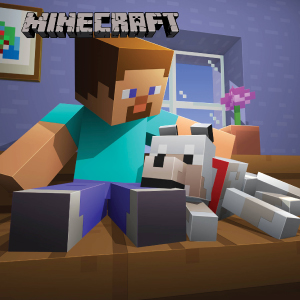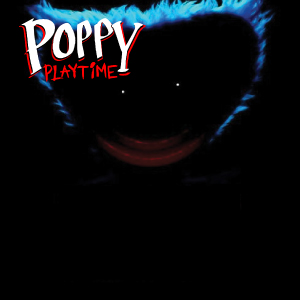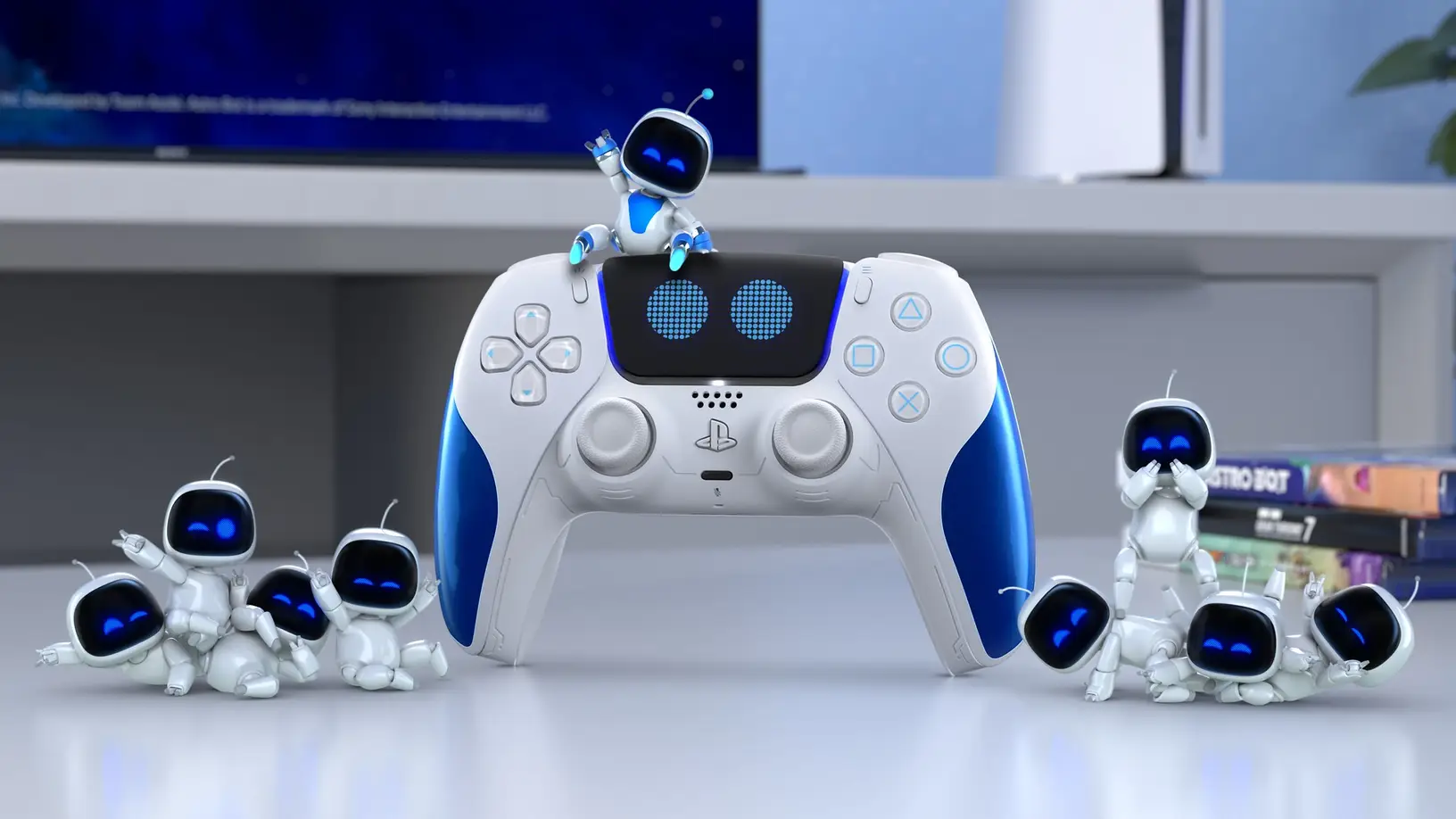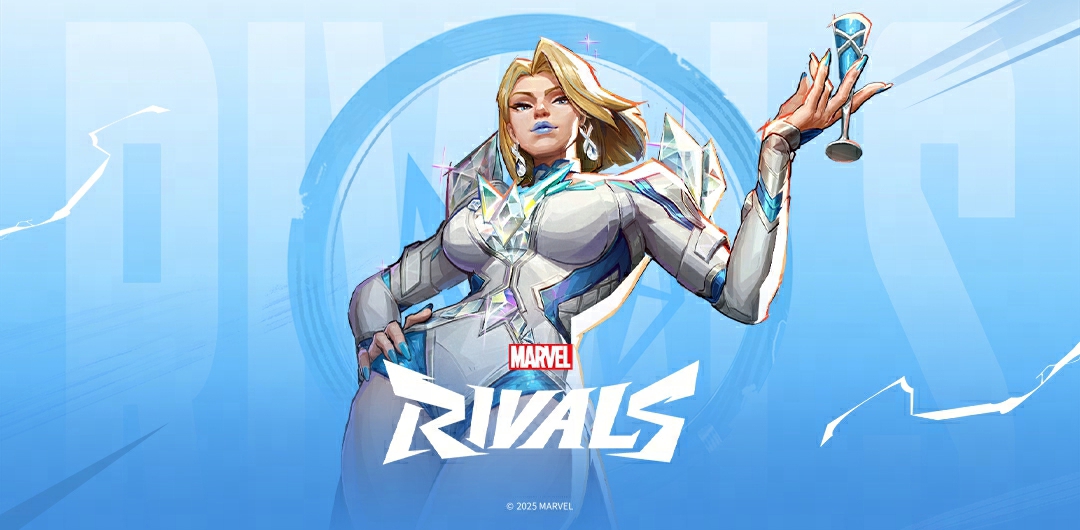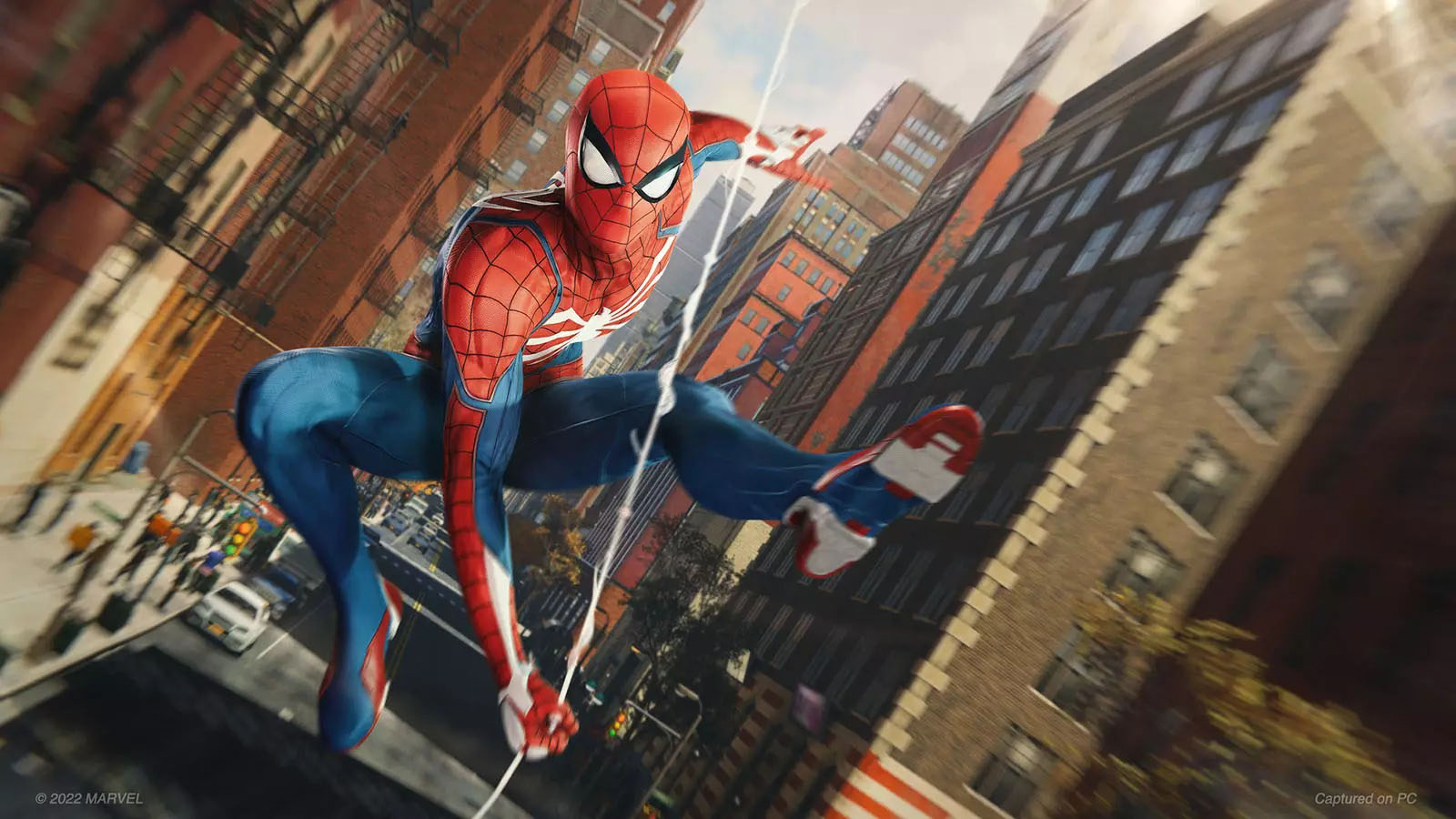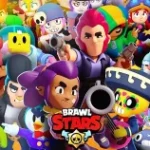Geometry Dash: The Rhythm-Based Platformer That Built a Hardcore Legacy
Among all the indie titles that rose to fame over the past decade, few have left a mark quite like Geometry Dash. Developed by Swedish developer RobTop (Robert Topala), this rhythm-based action platformer launched in 2013 and quickly became a cult hit thanks to its unforgiving gameplay, catchy music, and minimalist visuals. Over a decade later, Geometry Dash continues to thrive—not only on mobile and PC, but also within a vibrant, ever-growing creator community.
In this article, we’ll explore the rise of Geometry Dash, its core gameplay, community impact, and why it remains one of the most addictive and respected platformers in gaming today.
How Geometry Dash Started: A One-Man Project That Went Viral
Geometry Dash began humbly. Created entirely by Robert Topala and released on mobile platforms in August 2013, it was initially just a side-scrolling rhythm game with a simple goal: jump to the beat and survive. The very first version had only a few levels and basic mechanics. But thanks to its precise timing, intense difficulty, and adrenaline-pumping soundtrack, players couldn’t put it down.
It didn’t take long for Geometry Dash to gain popularity. YouTube content creators and streamers started showcasing the game’s levels, creating a surge in downloads. Over time, RobTop expanded the game with updates, adding new levels, icons, difficulty settings, and a powerful level editor.
What started as a basic rhythm game transformed into an entire platform for creativity and challenge, attracting millions of players around the globe.
Core Gameplay of Geometry Dash: Simplicity Meets Brutal Challenge
Geometry Dash is deceptively simple. You tap once to jump, and that’s it. However, the game’s true challenge lies in timing and rhythm. Every level is designed around a musical track, and obstacles are placed with razor-sharp precision to match the beat.
Players must avoid spikes, time jumps over moving platforms, and navigate portals that flip gravity or change game modes. One small mistake means restarting the entire level. There are no checkpoints, no second chances—just pure trial and error.
Each level gradually introduces new mechanics, including ship flying, ball flipping, wave riding, and UFO gravity changes. These transitions make Geometry Dash more than just a tap-and-go experience. Instead, it becomes a full-blown reaction test that punishes hesitation and rewards memorization.
Level Editor and User-Generated Content: The Real Soul of Geometry Dash
One of the most important updates to Geometry Dash came in version 1.6: the level editor. With this addition, players could now create their own levels and share them with the community. This decision completely transformed Geometry Dash from a simple platformer into a sandbox of infinite content.
Today, thousands of custom levels are available—some designed to be fun and easy, others created to break even the best players. Iconic user-made levels like “Bloodbath,” “Cataclysm,” and “Slaughterhouse” have become legendary within the community.
What makes the editor so powerful is its flexibility. Creators can sync obstacles with music, animate elements, use decorative objects, and create entire visual themes—from neon rave designs to dark fantasy worlds.
The active community consistently pushes the boundaries of what’s possible in Geometry Dash, with RobTop regularly featuring standout user creations in the game’s online level browser.
Geometry Dash’s Soundtrack: A Beat You’ll Never Forget
Any article about Geometry Dash would be incomplete without praising its iconic music. The original game featured songs from artists like DJVI, F-777, and Waterflame. Each track fits perfectly with its corresponding level, making the game feel like a playable music video.
These tracks are more than background noise. They guide your movement, help with timing, and provide emotional highs during intense sequences. The synergy between gameplay and music creates a near trance-like state for players—when you’re in rhythm, you’re unstoppable.
Moreover, creators can use songs from Newgrounds, a massive library of indie music. This further enriches the player experience, introducing new artists and sounds with every user-made level.
Updates and Versions: How Geometry Dash Has Evolved Over Time
While Geometry Dash’s core has stayed consistent, RobTop has added significant features over the years. After the original game, spin-off titles were released, including Geometry Dash Lite, Geometry Dash Meltdown, Geometry Dash SubZero, and Geometry Dash World. These offered bite-sized versions with unique content and served as a gateway for new players.
Perhaps the most anticipated update in the game’s history is version 2.2. Teased for years and frequently delayed, 2.2 introduces new game mechanics, camera controls, UI changes, new icons, and significant improvements to the level editor. Though long-awaited, the update has rekindled excitement among veteran players and sparked hope for the game’s continued evolution.
In the meantime, Geometry Dash 2.1 remains the most complete version, providing ample content for players to enjoy for hours—or years.
Difficulty Spectrum: From Newbie to Insane Demon
Geometry Dash categorizes levels by difficulty, ranging from Easy to Demon. The latter is reserved for the most punishing challenges in the game. Demons are further divided into Easy Demon, Medium Demon, Hard Demon, and Extreme Demon. Only the most skilled players attempt levels like Tartarus or Firework, which require frame-perfect jumps and months of practice.
This difficulty system ensures that players of all skill levels have something to aim for. Beginners can enjoy Normal and Hard levels, while advanced users can dive into the adrenaline-fueled chaos of Demons.
The thrill of finally beating a level you’ve spent weeks on is unmatched. Geometry Dash turns success into a badge of honor—and that’s a huge part of its appeal.
Geometry Dash’s Community: A Creative and Competitive Ecosystem
One of the game’s most enduring strengths is its passionate community. From level creators and Twitch streamers to YouTube commentators and fan artists, the Geometry Dash fanbase is incredibly active.
Players upload gameplay videos of difficult completions, tutorials for level editing, and meme compilations showcasing funny fails. Community-led challenges, like completing Extreme Demons blindfolded or with upside-down screens, keep content fresh.
Moreover, creators like GD Colon, Juniper, and Technical have become influential voices, contributing to the game’s visibility and evolution. RobTop frequently interacts with fans, reviews submitted levels, and provides sneak peeks, fostering a direct connection between the developer and community.
Geometry Dash on Mobile and PC: Accessibility for Everyone
Geometry Dash is available on multiple platforms, including Android, iOS, and PC (via Steam). While the gameplay is nearly identical across versions, the PC version offers mouse and keyboard support, which some players prefer for precision.
What makes Geometry Dash so accessible is its lightweight install size, offline functionality, and low hardware requirements. This means players can enjoy the same intense experience on a phone as they can on a gaming PC.
Whether you’re at home or commuting, Geometry Dash’s quick sessions and instant restarts make it an ideal mobile title—challenging, yes, but never boring.
Educational Value and Cognitive Benefits: Surprisingly Useful
Interestingly, many educators and psychologists have pointed out that Geometry Dash offers some cognitive benefits. Due to its reliance on rhythm, pattern recognition, hand-eye coordination, and perseverance, the game improves reaction speed, focus, and patience.
Some teachers have even introduced the game in school settings to encourage problem-solving and timing-based challenges. Though it may not be an educational game by design, certainly develops useful skills—especially for kids and teens.
Final Verdict: Is Geometry Dash Still Worth Playing in 2025?
Absolutely. remains one of the most rewarding and creatively rich games available, even a decade after its initial release. Its unique combination of rhythm, reaction, and repetition makes for a gameplay loop that never gets old. Whether you're a casual gamer looking for a challenge or a creative type wanting to build your own musical obstacle course, offers an experience few other games can match.
Even as we await version 2.2 and future updates, the current game already provides hundreds—if not thousands—of hours of entertainment. Its loyal community, endless user content, and minimalist brilliance ensure that remains not just relevant, but legendary.
Expert Rating: 9.3 out of 10


